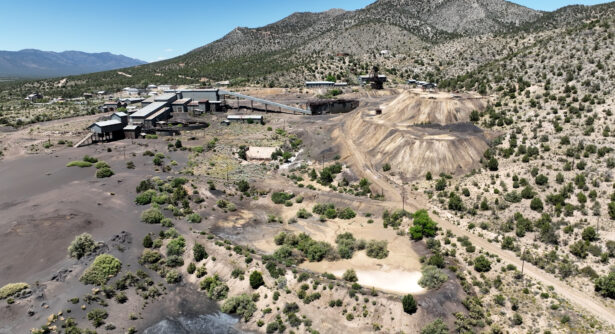
Nov 20, 2009
LEED Certification and Infill Development
How does the LEED certification rating system currently consider brownfield and infill redevelopment in its scoring criteria? – Donna D., project manager
The US Green Building Council’s (USGBC) Leadership in Energy and Environmental Design (LEED) certification system awards points for brownfield and infill development projects. The total number of points earned for these features depends on the site and the project.
Many brownfield and infill projects are LEED certified through the Building Design and Construction designation. Under this designation’s rating system, brownfield and infill projects are likely to score well in the “Location and Transportation” categories, which together are worth 26 points (out of 110 base points). Of these 26 points, the following 13 are readily available for an infill site: two points for a project that remediates a brownfield site; five points for development density or community connectivity; five points for close proximity to a public transit station; and one point for projects that are not located on protected farmland, marshland or habitat of a threatened species. Under New Construction, projects can also earn points for building and materials reuse. An infill or brownfield project can earn additional points in this and other categories if it demonstrates other LEED-valued features.
The USGBC has also launched the Neighborhood Development program, which certifies only projects that develop new neighborhoods or add to existing neighborhoods. Infill projects pursuing LEED certification will benefit from this new program, which awards points for features that are intrinsic to many brownfield and infill projects. To start, under this rating system remediating a brownfield is worth two points and redeveloping a high priority brownfield is an additional point. Infill projects on a previously developed site earn six points and up to four additional points for street grid density within a mile radius. They can earn up to seven points for compact development and eight for reducing automobile dependence. Points are also earned for proximity to housing, jobs, and schools; access to public transit, public and active spaces and the surrounding vicinity. Other possible points include diversity of uses, walkable streets, and biking and street networks. This rating system gives infill and brownfield redevelopments a significant leg up in the LEED certification process, because most infill and brownfield redevelopment occurs in compact urban settings and utilizes existing infrastructure and amenities.
More information on the Neighborhood Development certification program can be found here.
More information on LEED Building Design and Construction Program can be found here.




